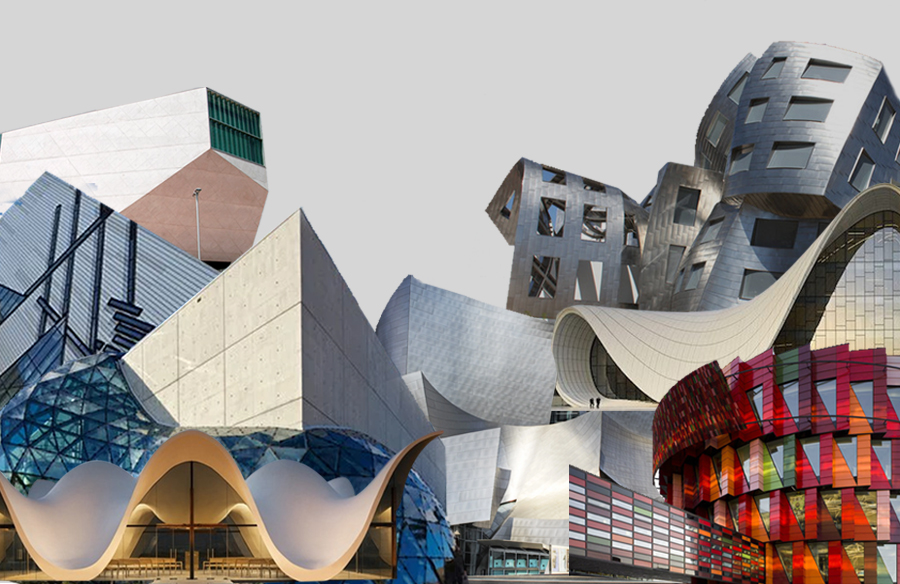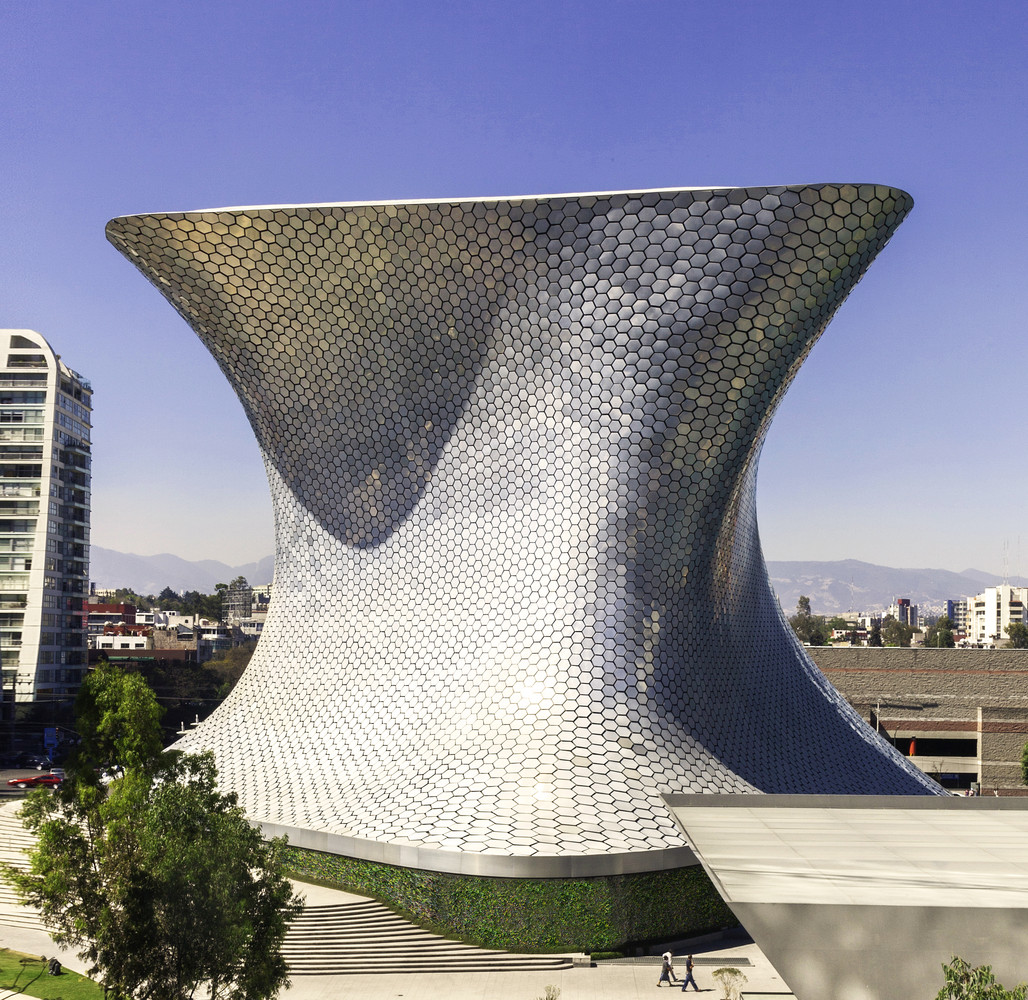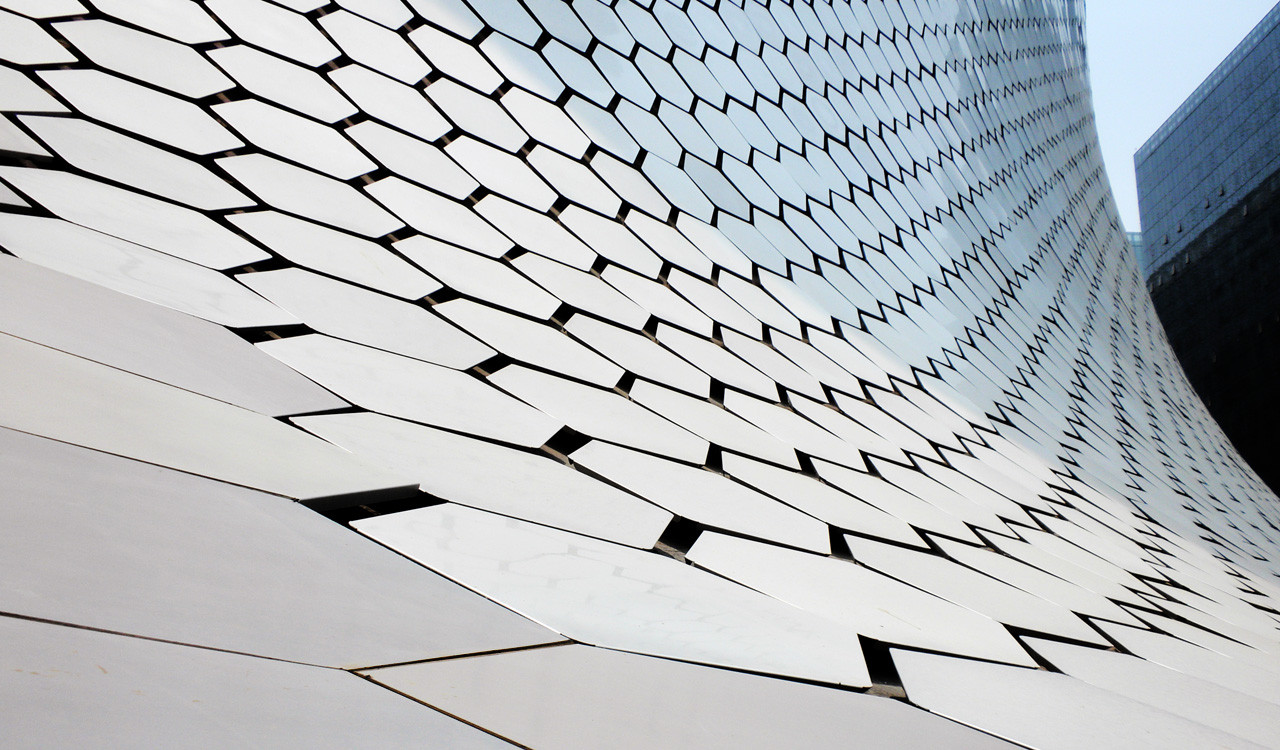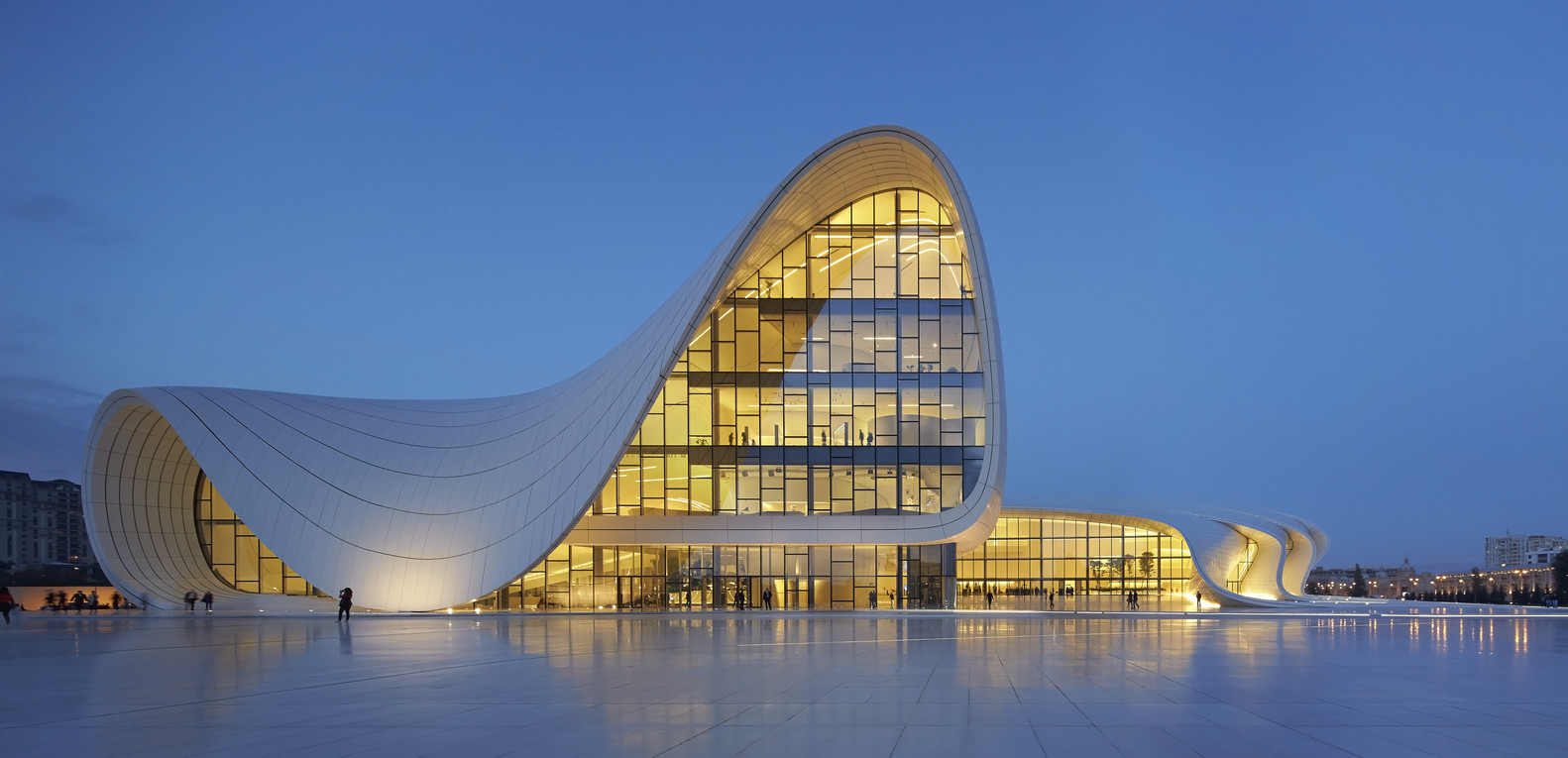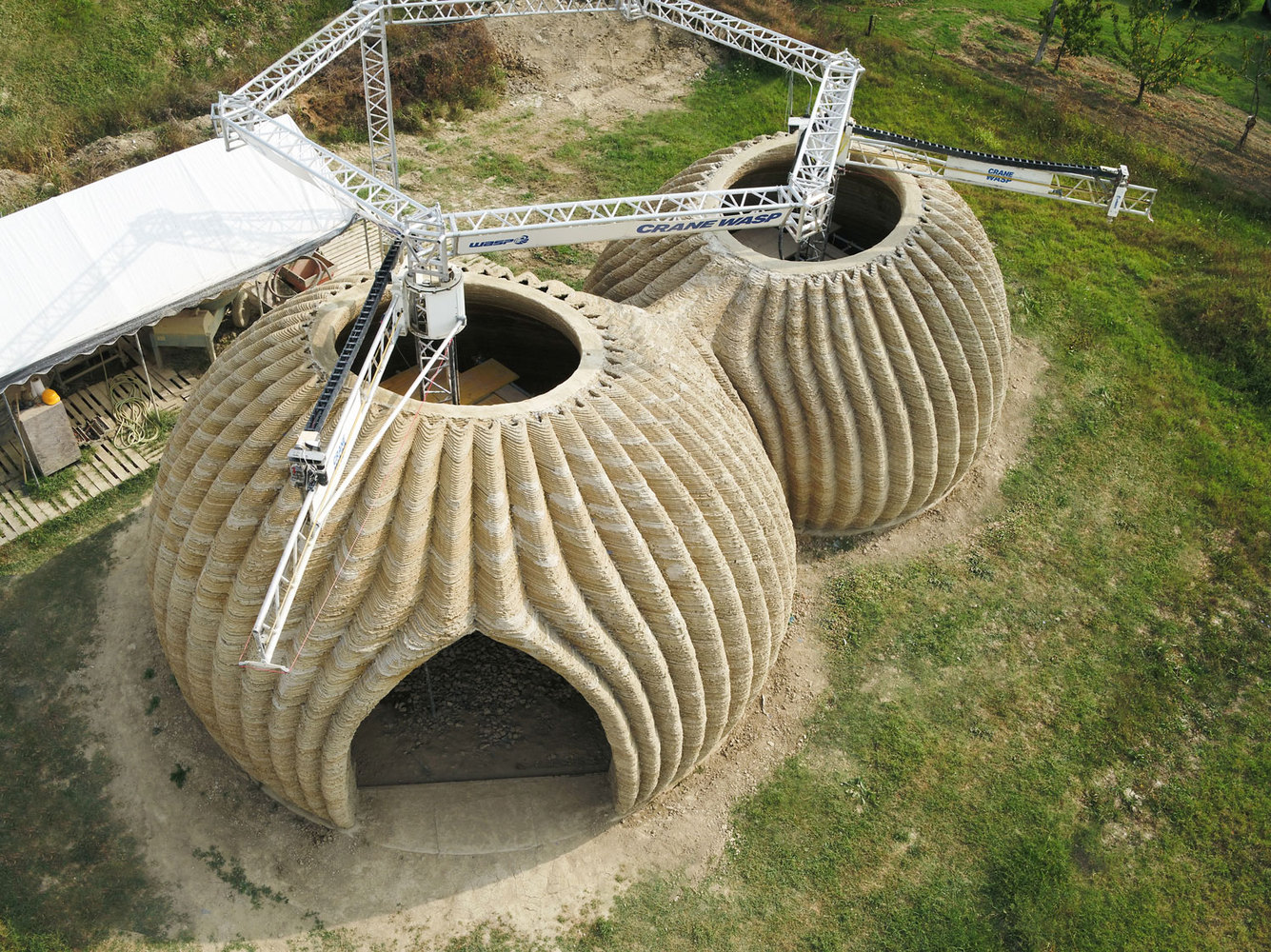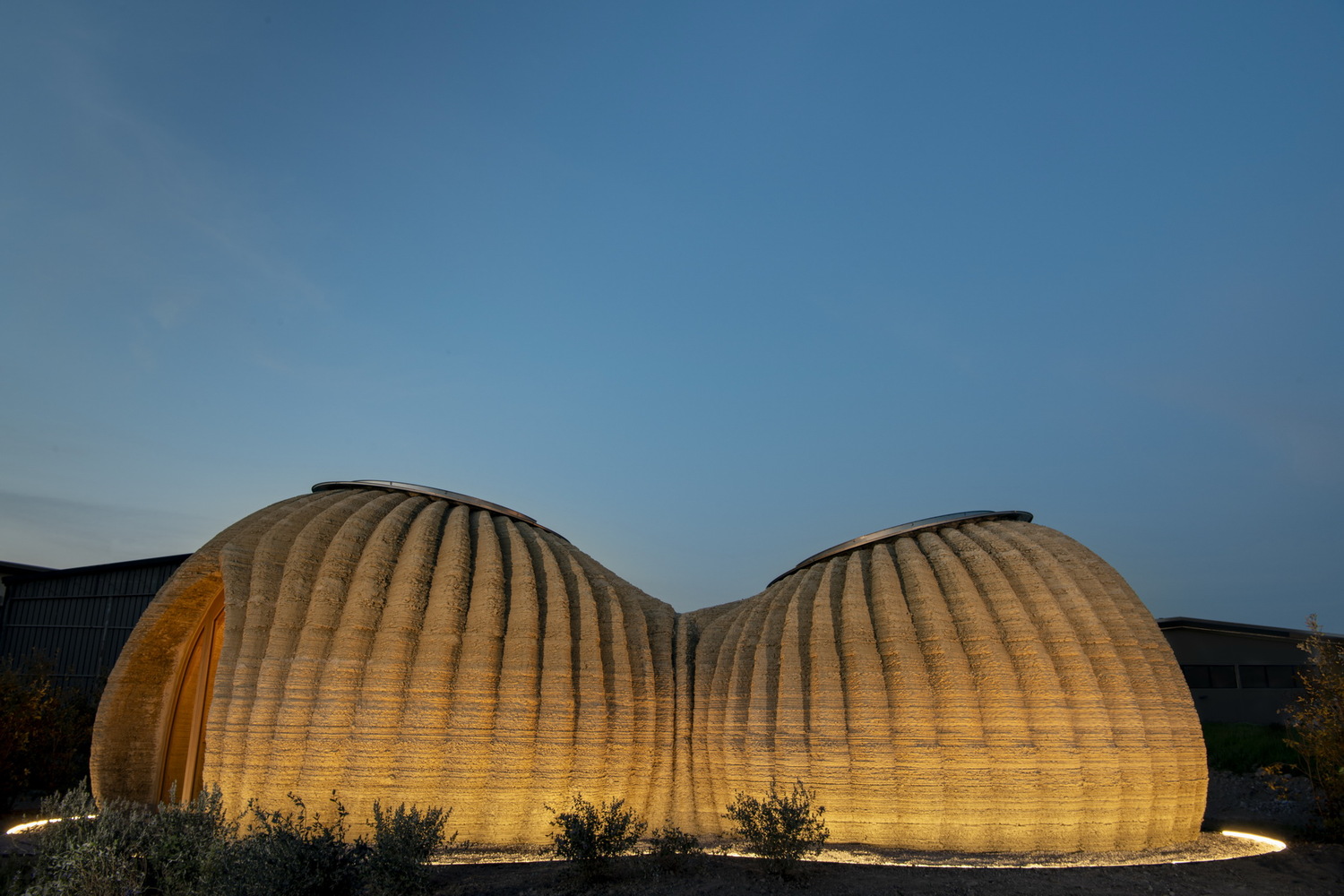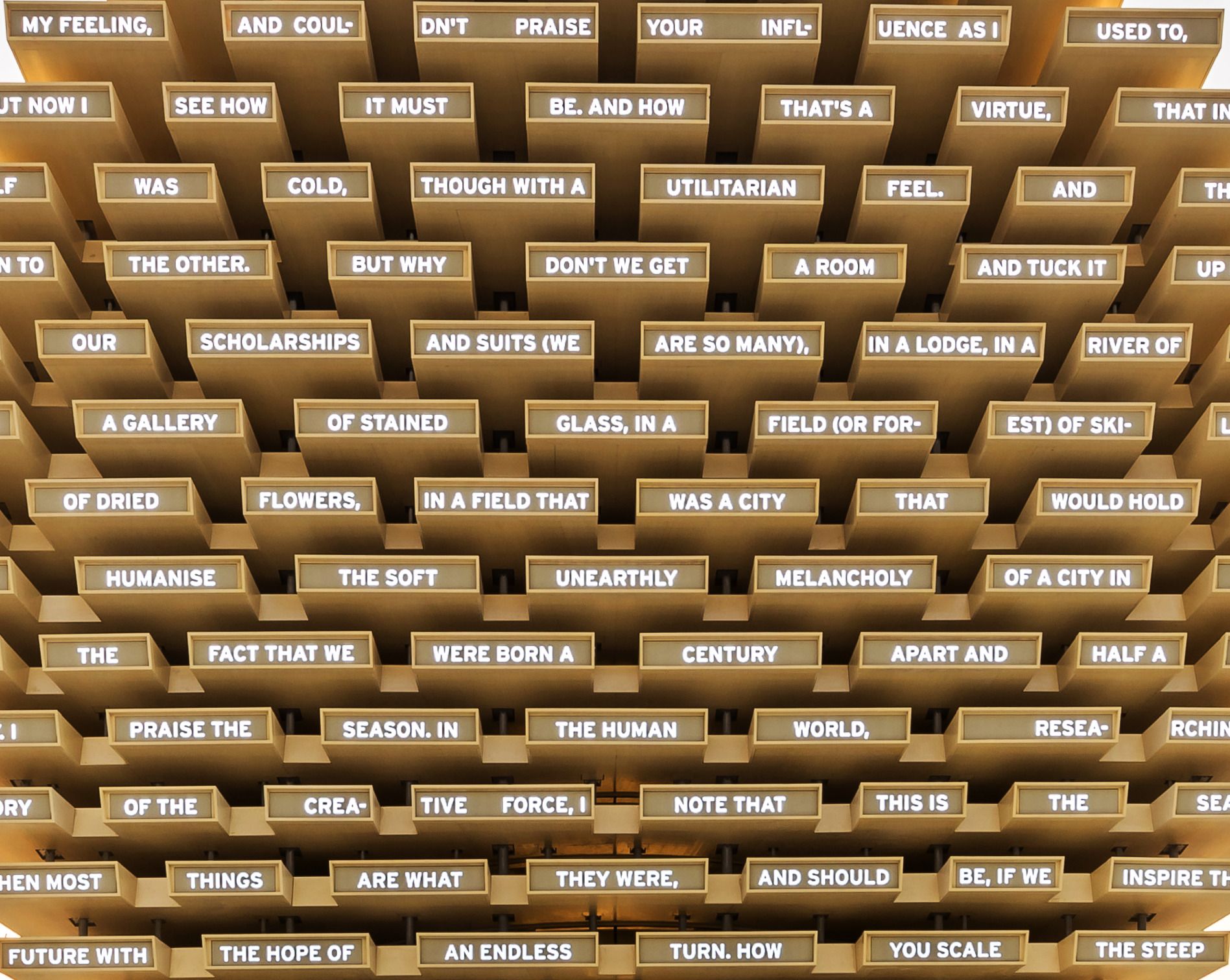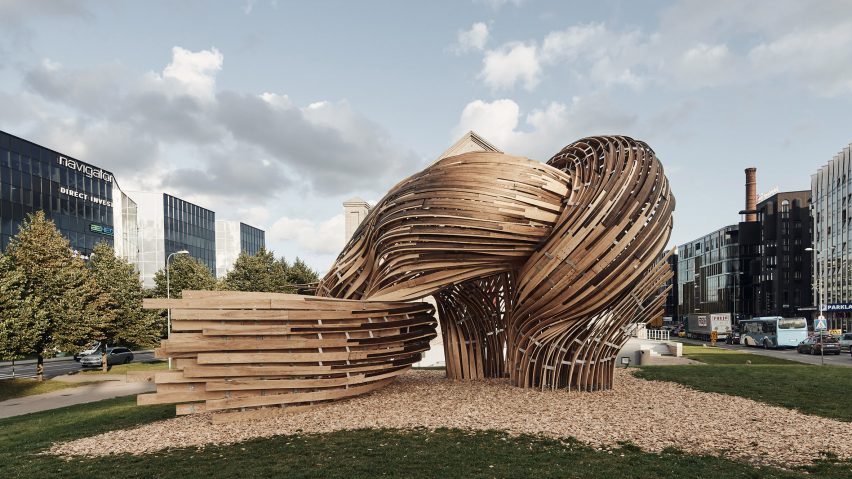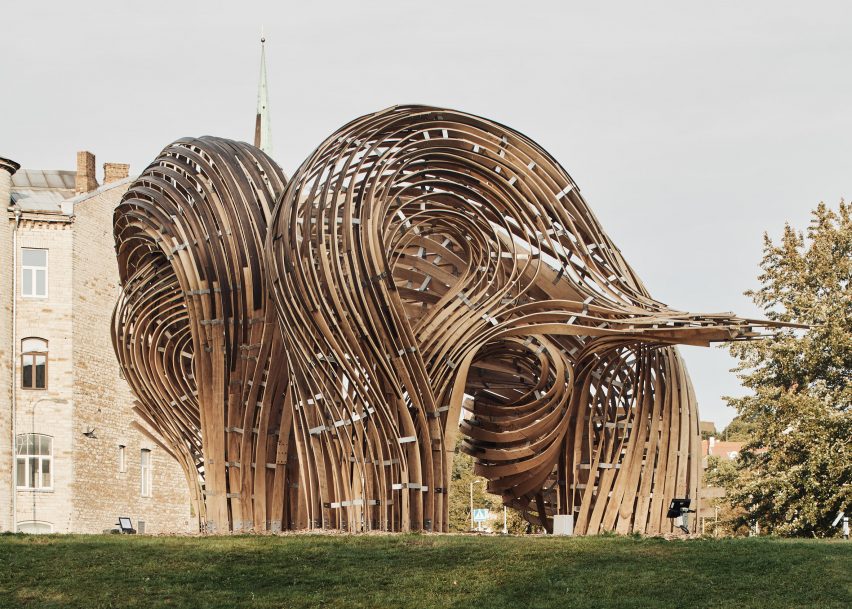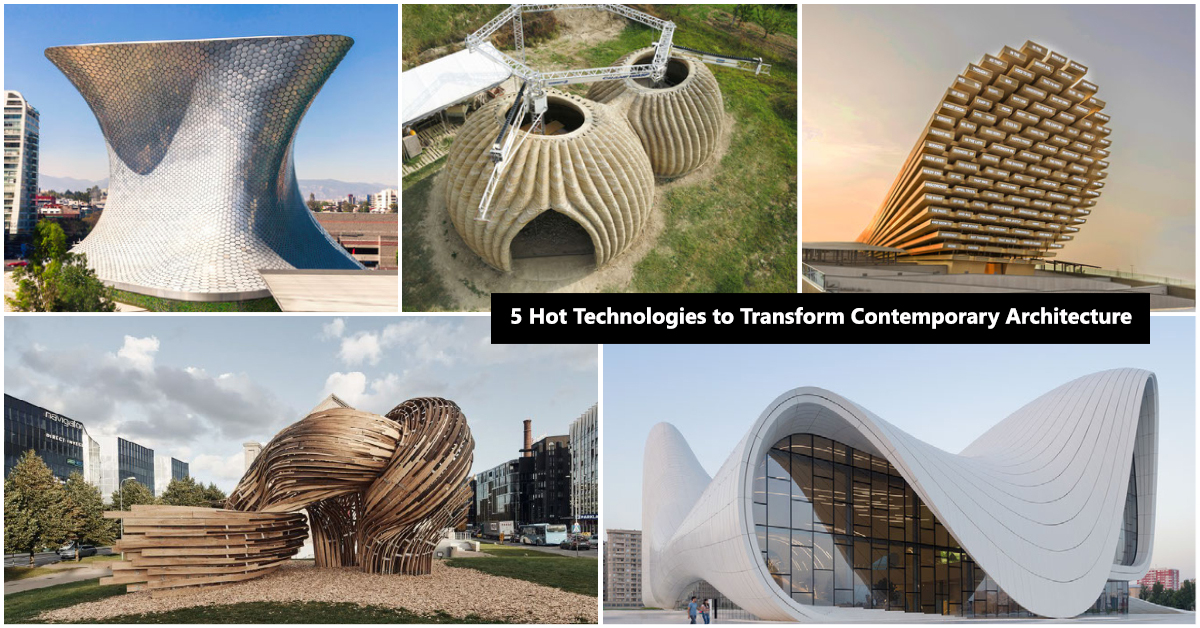“Architecture should speak of its time and place, but yearn for timelessness.”
—Frank Gehry
The word contemporary refers to something that is “belonging to or occurring in the present”, hence contemporary architecture means the architectural design, landscaping, and urban planning applied right now in the 21st century. This definition is an abstract one—the defining characteristics of contemporary architecture change every day as the defining characteristics of the present time advance rapidly, especially in a world that is ruled by technology.
In the past that was not too long ago, contemporary architecture was perhaps the architects’ revolution to break free from the uniforms of pre-World Wars architectural styles. They worked their way through manifesting a new definition for architecture in an industrial world—they wanted it to be “Practical, Light, Ephemeral, Swift” other than “Heavy, Monumental, Static”.
However, in our modern-day, contemporary architecture is more about function than form—architecture should be inviting, open, transparent, and smart: the architectural experience is more intangible now, which makes sense given the virtuality we are living in. You can visit your favorite architectural landmarks sitting on your couch!
Contemporary buildings can basically look like anything—there is no dominant style or a checklist of standards. The only common characteristic in contemporary buildings is their integration of today’s technologies. Our world is now being driven by big data, artificial intelligence, and machine learning; and buildings are imitating this. Architecture is -fortunately- being affected by the digitalization process.
These hot technologies driving our world are changing the face of contemporary architecture in an undeniable way, keep reading to know how!
5 Ways Technology is Transforming Contemporary Architecture and 5 Remarkable Examples
-
Parametric Design
What is Parametric Design?
According to Autodesk, parametric design centers on free-form architectural concepts: sweeping lines, curves, and irregular shapes rather than the straight lines, sharp corners, and acute angles of former architectural styles. The term ‘parametricism’ was actually coined by Patrik Schumacher; it originates from mathematics -yes, architects actually need maths!– and refers to the use of certain parameters or variables that can be edited to manipulate the result of an equation or system.
Parametric design can actually allow architects to build shapes that were not possible before this technology; both for functional and aesthetic reasons. Parametric architecture depends on a computerized, algorithmic design process.
-
Parametric Design Example:
Soumaya Museum | FR-EE Fernando Romero Enterprise
Programmed and designed by FR-EE, the museum reflects the eclectic taste of the collector, as well as his desire to create a new cultural institution for the public and the city.
The contemporary museum’s form, a rotated rhomboid supported by 28 curved steel columns of varying size and shapes, is clad in a skin of 16,000 hexagonal mirrored-steel elements which reference the traditional colonial ceramic-tiled building facades and gives the museum a diverse appearance depending on the weather, time of day and the viewer’s vantage point while optimizing the preservation and durability of the entire building.
-
Generative Design
What is Generative Design?
Autodesk defines generative design as a design exploration process. “Designers or engineers input design goals into the generative design software, along with parameters such as performance or spatial requirements, materials, manufacturing methods, and cost constraints. The software explores all the possible permutations of a solution, quickly generating design alternatives. It tests and learns from each iteration what works and what doesn’t.”
-
Generative Design Example:
Heydar Aliyev Center | Zaha Hadid Architects
Zaha Hadid was one of the leaders in the world of digital architecture. One of her notable buildings that made use of the method of generative design is the Heydar Aliyev Center, which is one of Hadid’s award-winning projects.
This curvy contemporary building is a landmark in Baku, the capital of Azerbaijan. Generative design made it possible to satisfy all the functional and spatial requirements while achieving such unprecedented form. Responding to the topographic sheer drop that formerly split the site in two, the project introduces a precisely terraced landscape that establishes alternative connections and routes between the public plaza, the building, and underground parking.
-
Digital Fabrication
What is Digital Fabrication?
Digital fabrication is a design and manufacturing workflow where digital data directly drives manufacturing equipment to form various part geometries. This data most often comes from CAD (computer-aided design), which is then transferred to CAM (computer-aided manufacturing) software. The output of CAM software is data that directs specific additive and subtractive manufacturing tools, such as a 3D printer or CNC milling machine.
-
Digital Fabrication Example:
TECLA Technology and Clay 3D Printed House | Mario Cucinella Architects
TECLA is the first eco-sustainable housing model 3D printed entirely from local raw earth. It can be delivered with 200 hours of printing, 7000 machine codes (G-code), 350 12 mm layers, 150 km of extrusion, 60 cubic meters of natural materials for average consumption of less than 6 kW.
3D Printing has been the talk of architecture for some time now. The technological research of WASP, specialized in Km0 3D printing from raw earth, has led to an innovative 3D printing technology called Crane WASP, the first in the world to be modular and multilevel, designed to build construction works collaboratively. TECLA uses two synchronized printer arms simultaneously, thanks to software capable of optimizing movements, avoiding collisions, and ensuring streamlined operation.
-
Artificial Intelligence
What is Artificial Intelligence?
Artificial intelligence (AI) is the ability of a computer or a robot controlled by a computer to do tasks that are usually done by humans. AI can be called an estimation tool for various aspects while constructing a building, and it can be integrated into the operation of the building as well.
-
Artificial Intelligence Example in Architecture:
The Poem Pavilion | Es Devlin
The process through which visitors contribute their inputs to the poems includes inviting them to donate a word at the “mouthpiece” upon entering the central space of the pavilion. The mouthpiece displays the inputs in English and Arabic, alongside a choral soundscape. After that, an algorithm turns the randomly donated words into texts and generates a collective poem every minute.
-
Augmented Reality
What is Augmented Reality?
Augmented reality is an interactive experience of a real-world environment where the objects that reside in the real world are enhanced by computer-generated perceptual information including auditory, visual, and sensory features. Augmented reality in construction and architecture projects involves placing a 3D model of a proposed design onto an existing space using mobile devices and 3D models.
-
Augmented Reality Example in Architecture:
Steampunk | SoomeenHahm Design, Igor Pantic, and Fologram
The design team combined traditional methods such as steam-bent hardwood and hand tools with contemporary technology, augmented reality, to create the timber and steel structure, which is called Steampunk.
Their aim was to find a method that combined technology in a way that still kept the designers close to the craft of building, rather than using robots to build the pavilion. Instead of line drawings as construction guides, Steampunk was made using digital models that were projected in augmented reality. These were used as guides for the build team who set to work using traditional tools. This experimental approach meant they were free to adapt the structure on the spot in response to their materials.
collage
Image by Adam Weisman
Image is Courtesy of Lago Corazza
Image by Adam Weisman
via re-thinkingthefuture
Alin Constantin Photography
Alin Constantin Photography
Image by Hufton+Crow
Image by Hufton+Crow
Peter Bennetts Photography
Peter Bennetts Photography
Image is Courtesy of WASP


